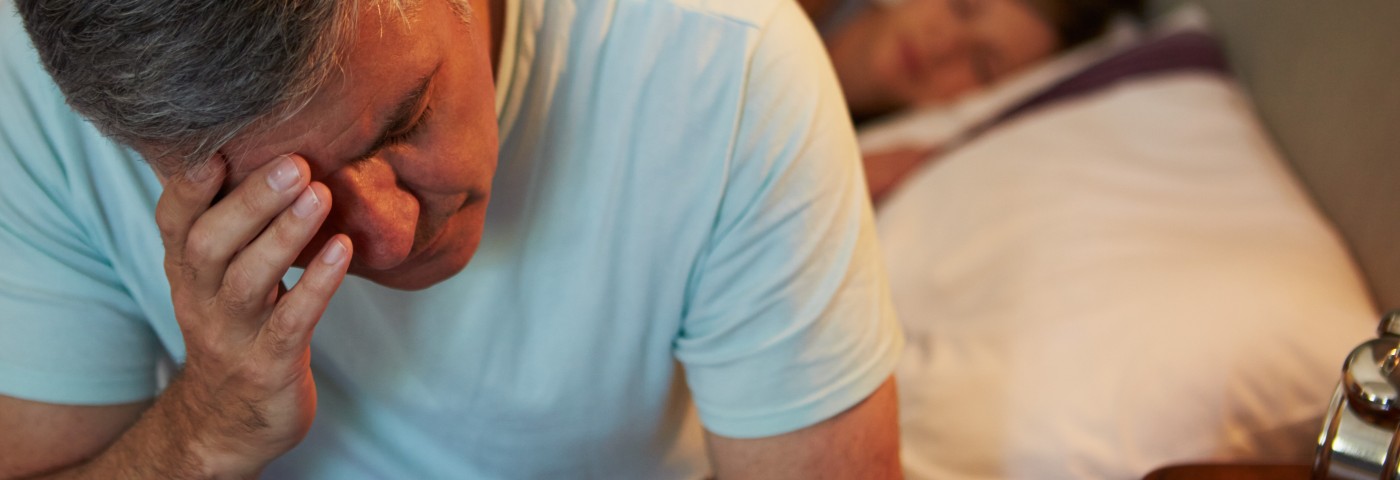A study, recently presented at the Society of Interventional Radiology’s 2016 Annual Scientific Meeting, suggests that prostatic artery embolization (PAE) in men with benign prostatic hyperplasia (BPH) might reduce the need for nighttime urination, improving sleep and quality of life. Evidence of the treatment’s efficiency, however, is still scarce.
“Waking in the night with an urgent need to urinate, or nocturia, significantly disrupts the lives of men by preventing them from having a full night’s sleep,” Sandeep Bagla, an interventional radiologist at the Vascular Institute of Virginia and the study’s lead researcher, said in a press release. “For many men, the cause of their discomfort is an enlarged prostate and these results show men can live a more normal life once they’ve undergone PAE to address this condition. For these individuals, PAE has the added benefit of being less invasive compared to other treatments and is performed on an outpatient basis, allowing many men to go home the same day.”
The method employs a technique to introduce microscopic particles into the arteries supplying the prostate with blood. This partially blocks blood flow to the prostate, leading to prostate tissue destruction and, according to its advocates, symptom relief — including the need for nighttime urination.
Analyzing data from 46 men who underwent the procedure at two different U.S. treatment centers, researchers specifically looked at quality of life and reports of lower urinary tract symptoms. One month after the procedure, 25 of the 46 patients reported less frequent nighttime urination. These men also reported better life quality.
“Many of my patients who have undergone PAE have told me that reducing the need to go to the bathroom at night has improved their daily lives by reducing sleep deprivation, which takes a toll,” Dr. Bagla added. “They’re able to enjoy their daytime activities — including quality time spent with their family and friends and hobbies. They have even noticed increased work productivity. Anecdotally, patients who show signs of a better quality of life three months after the treatment appear to continue their progress two or three years after undergoing PAE.”
Up to now, however, anecdotal evidence constitutes a large part of the findings supporting the technique’s efficiency. A recent review of new BPH treatments declined to comment on the treatment, stating that studies of PAE to date have suffered from poor design and lacked solid comparative analyses. With this in mind, some professional societies have issued recommendations cautioning against the use of the technique until more rigorous data is available.
Numerous studies, including trials comparing the method to more established techniques, are ongoing and may allow for a better scientific understanding of PAE in the near future.

